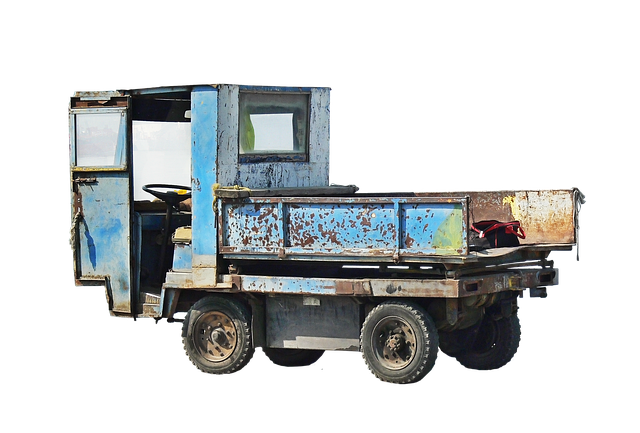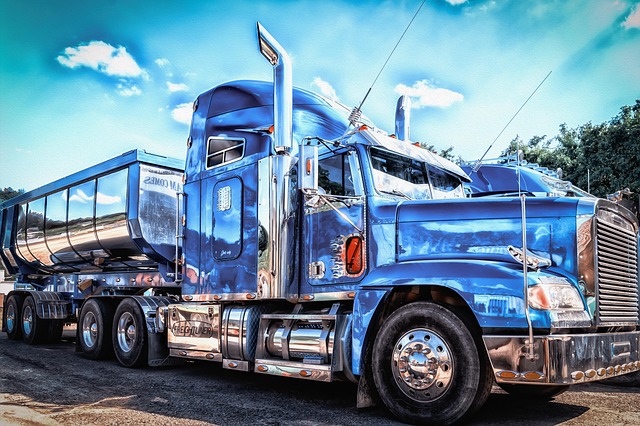Looking to register your car in California? This comprehensive guide will walk you through every step. From understanding key requirements for car registration in California to navigating the DMV VIN verification process, you’ll gain all the insights needed. We’ll detail what documents to gather, how to prepare your vehicle, and what happens during registration. Plus, we’ll cover post-registration tasks like insurance, tags, and maintenance.
- Understand the Requirements for Car Registration in California
- Gather Necessary Documents for DMV Vin Verification
- Prepare Your Vehicle for Inspection and Registration
- Visit a California DMV Office and Complete the Registration Process
- Post-Registration Steps: Insurance, Tags, and Maintenance
Understand the Requirements for Car Registration in California

Before diving into the registration process, it’s crucial to understand the requirements for car registration in California. The California Department of Motor Vehicles (DMV) mandates several key steps, including a thorough vehicle inspection. One essential component of this inspection is the DMV vin verification, where the unique Vehicle Identification Number (VIN) of your car is cross-referenced against the state’s records to ensure its authenticity and compliance with safety standards.
A mobile vin verifier or mobile vin inspection can be particularly handy in California, as it allows for convenient and efficient verification during the registration process. This technology enables quick on-site checks, ensuring that your vehicle meets all necessary criteria before finalization of the registration. By utilizing these modern tools, you streamline the procedure, making car registration faster and more straightforward.
Gather Necessary Documents for DMV Vin Verification

Before heading to the California Department of Motor Vehicles (DMV), ensure you have all the necessary documents for a successful dmv vin verification. This process, which includes a vin inspection, requires specific paperwork to prove ownership and vehicle identity. Gather your vehicle’s registration card or proof of purchase, along with your driver’s license or state-issued ID. Additionally, a valid insurance card displaying the current policyholder information is mandatory.
For added convenience, consider using a mobile vin verifier to streamline the preparation process. These tools can help you collect and organize the required data digitally, making it easier to verify your vehicle’s information before visiting the DMV. Having these documents ready will significantly speed up the registration process and ensure a smoother experience.
Prepare Your Vehicle for Inspection and Registration

Before you can register your vehicle in California, it’s crucial to prepare your car for the necessary inspections. The first step is to ensure that all required documents are in order. This includes your vehicle’s registration papers, proof of insurance, and a valid driver’s license. Additionally, you’ll need to undergo a DMV VIN verification process, which requires a clear and legible Vehicle Identification Number (VIN).
A mobile vin inspection or using a mobile vin verifier can greatly simplify this procedure. These services allow you to obtain a reliable and accurate VIN reading without having to visit a DMV office. By ensuring your vehicle passes the vin inspection and addressing any outstanding issues, you’re one step closer to completing the registration process smoothly and efficiently in California.
Visit a California DMV Office and Complete the Registration Process

After gathering all your necessary documents, it’s time to visit a California DMV office to complete the registration process. The first step involves presenting your vehicle’s documentation and passing a vehicle inspection, which includes a dmv vin verification. This step ensures that your car meets safety standards and is legally allowed to be registered within the state. During this process, a mobile vin verifier or vin inspection (conducted by DMV staff) will cross-check the vehicle identification number (VIN) against their records to verify ownership and the vehicle’s history.
Once your car has passed the inspection, you can proceed with filling out registration forms. The DMV agent will guide you through this process, which includes providing proof of insurance, payment for registration fees, and updating any personal information required on your vehicle title or registration documents. Ensure that all details are accurate to avoid future issues during vin inspections.
Post-Registration Steps: Insurance, Tags, and Maintenance

After successfully registering your vehicle with the DMV, there are several crucial post-registration steps to complete. One of the most important is obtaining insurance coverage for your car, which is both a legal requirement and a financial safeguard. You’ll need to choose an insurance provider, select an appropriate policy, and ensure it complies with California’s minimum liability limits. Keep in mind that some auto insurance companies may also offer discounts for good driving records or specific safety features.
Additionally, you’ll want to obtain vehicle registration tags (also known as license plates) from the DMV. These tags are essential not only for identification but also for displaying your registration status legally on public roads. Regularly checking and maintaining your car’s documentation, including proof of insurance and registration, is vital. Moreover, conducting periodic VIN (Vehicle Identification Number) inspections or using a mobile VIN verifier can help ensure that your vehicle remains in compliance with California’s standards throughout its ownership period.
Registering a car in California is a straightforward process once you understand the requirements and have all the necessary documents. By gathering your paperwork, preparing your vehicle for inspection, and visiting a DMV office, you’ll be on your way to legal driving in no time. Remember that proper vehicle maintenance and insurance are crucial post-registration steps, ensuring a smooth and safe driving experience. With these simple steps, you’ll navigate through the car registration process like a pro!
